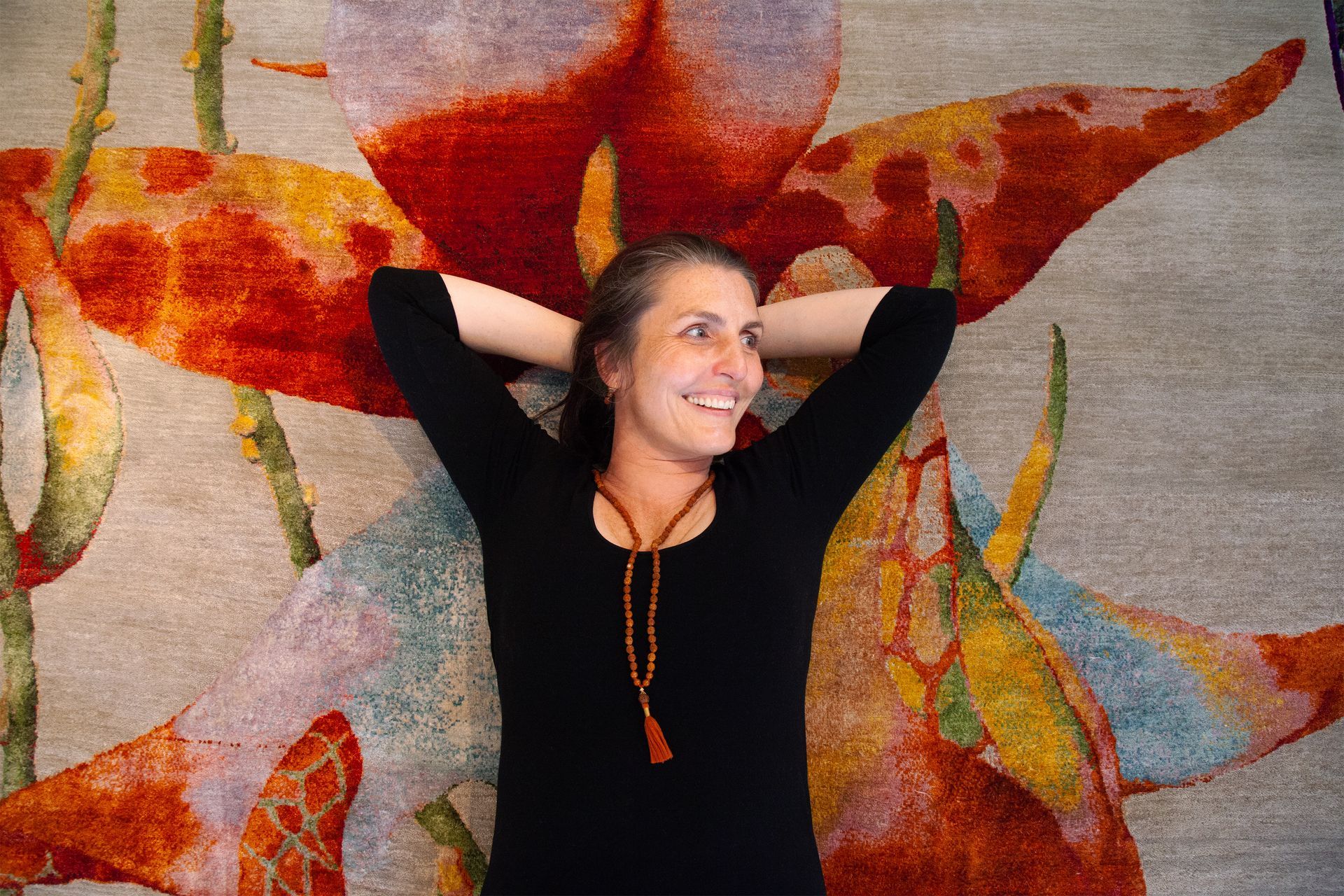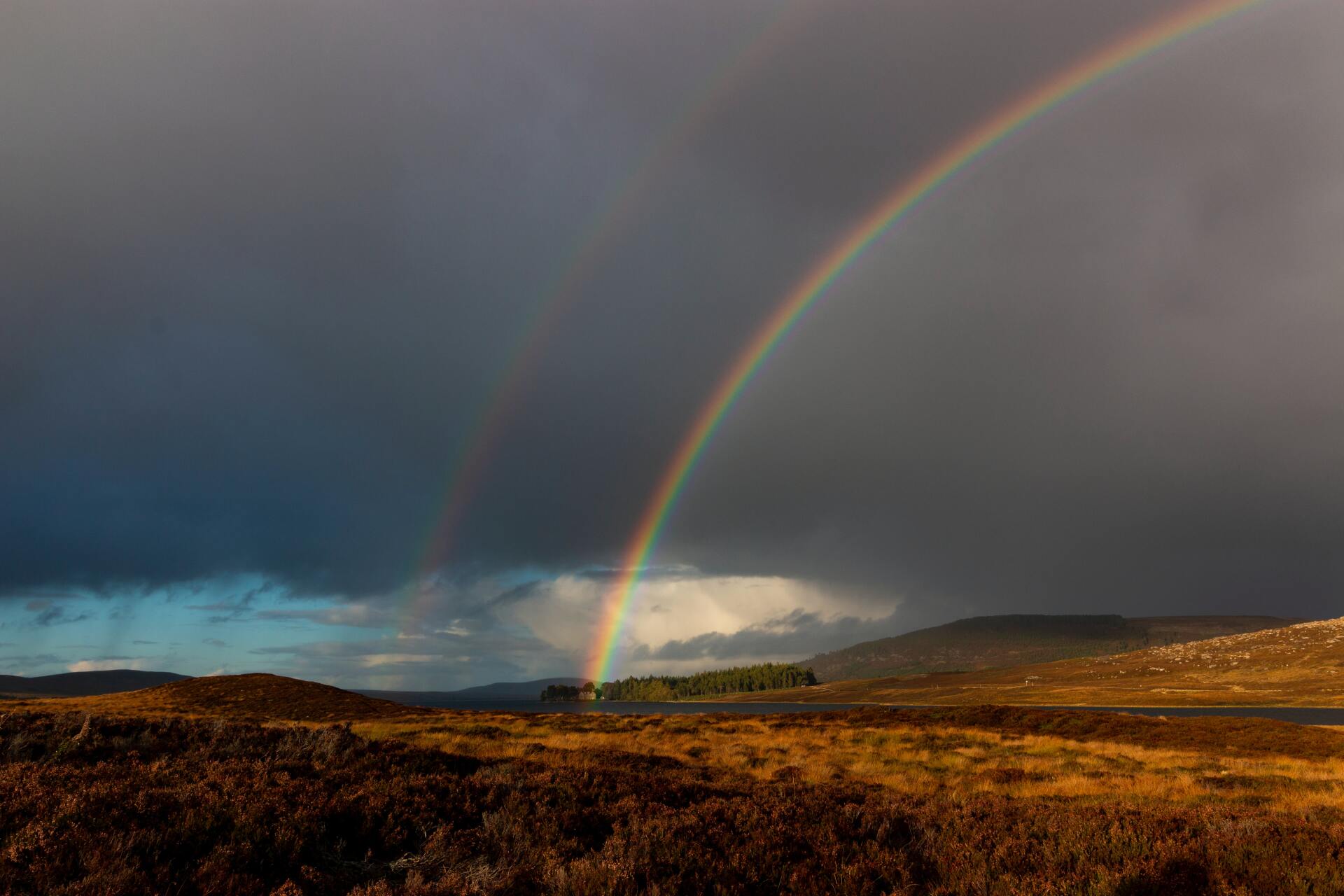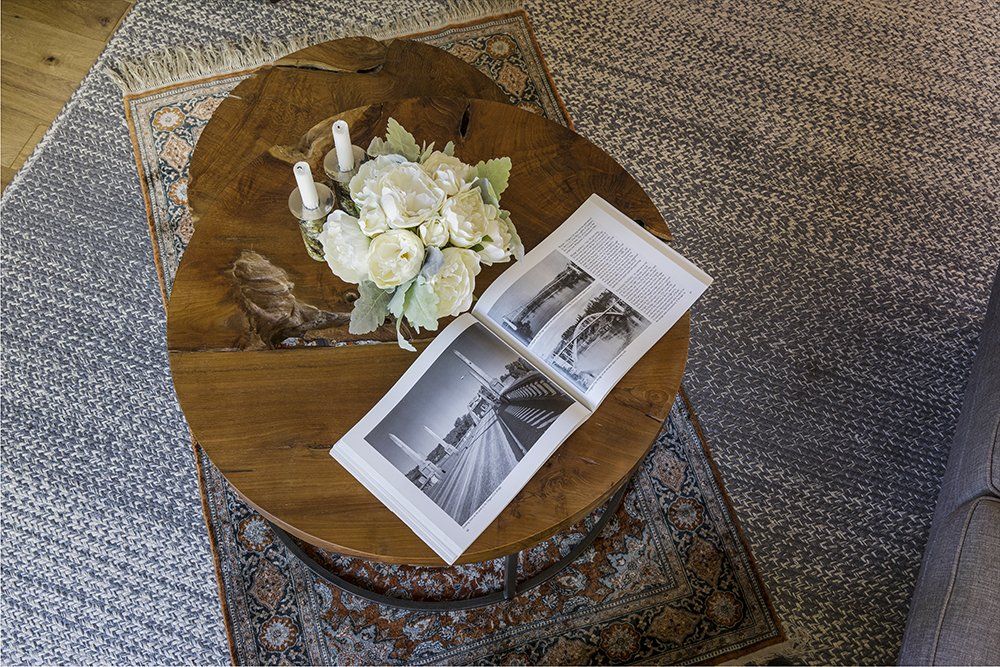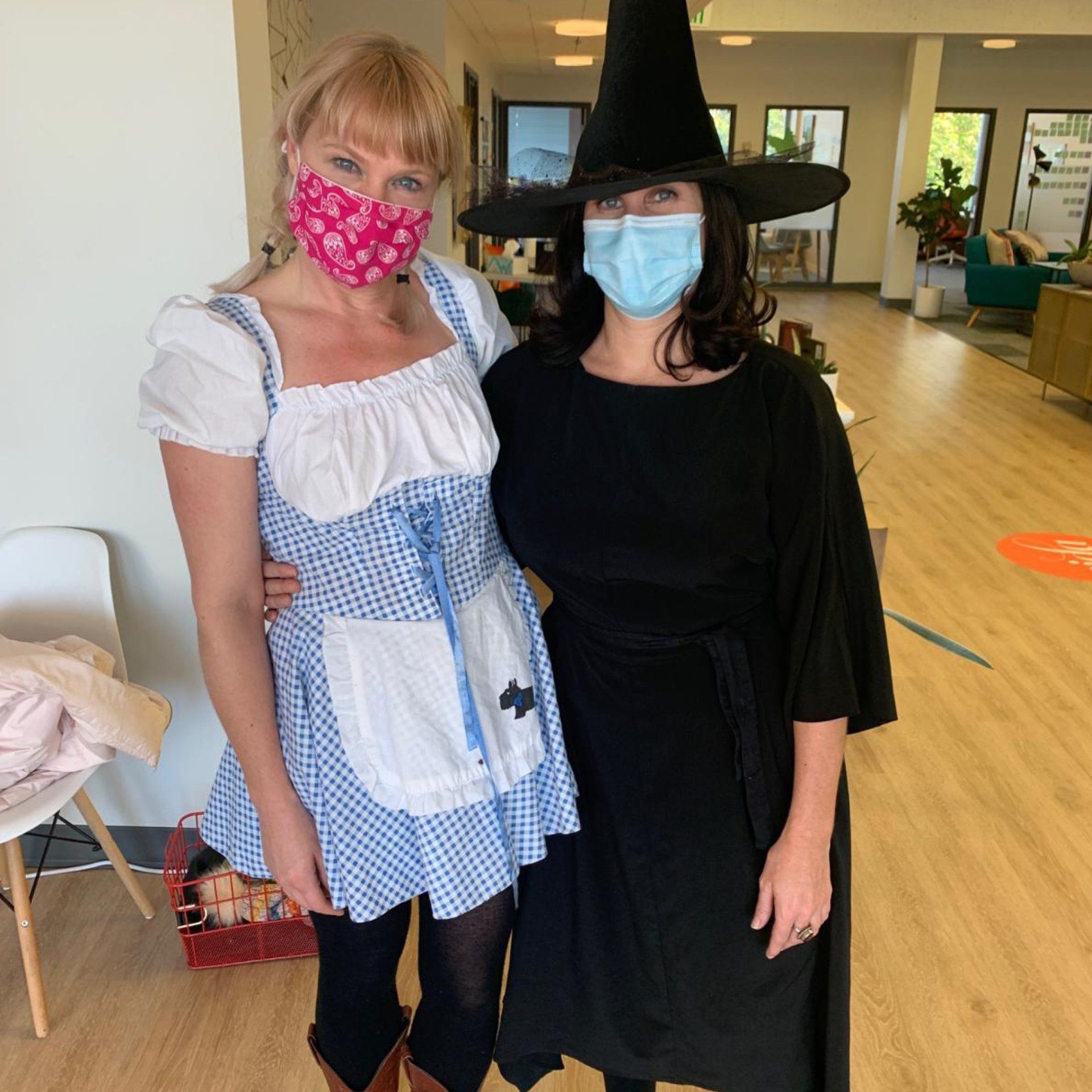Recently, we posted this ad, produced for Alcoa Aluminum in 1953, on social media, as part of a campaign about early influential women in the marketing world – women that we view as pioneers and role models. This ad, trivializing women as simple-minded and weak, was not written by a woman. Not that there were no women copywriters at the time – Helen Lansdowne Resor, who went on to become VP of Creative at J. Walter Thompson, had broken into the field as early as 1906 – but their numbers were scant, and women were often relegated to purely feminine” products.
Work like a mother.
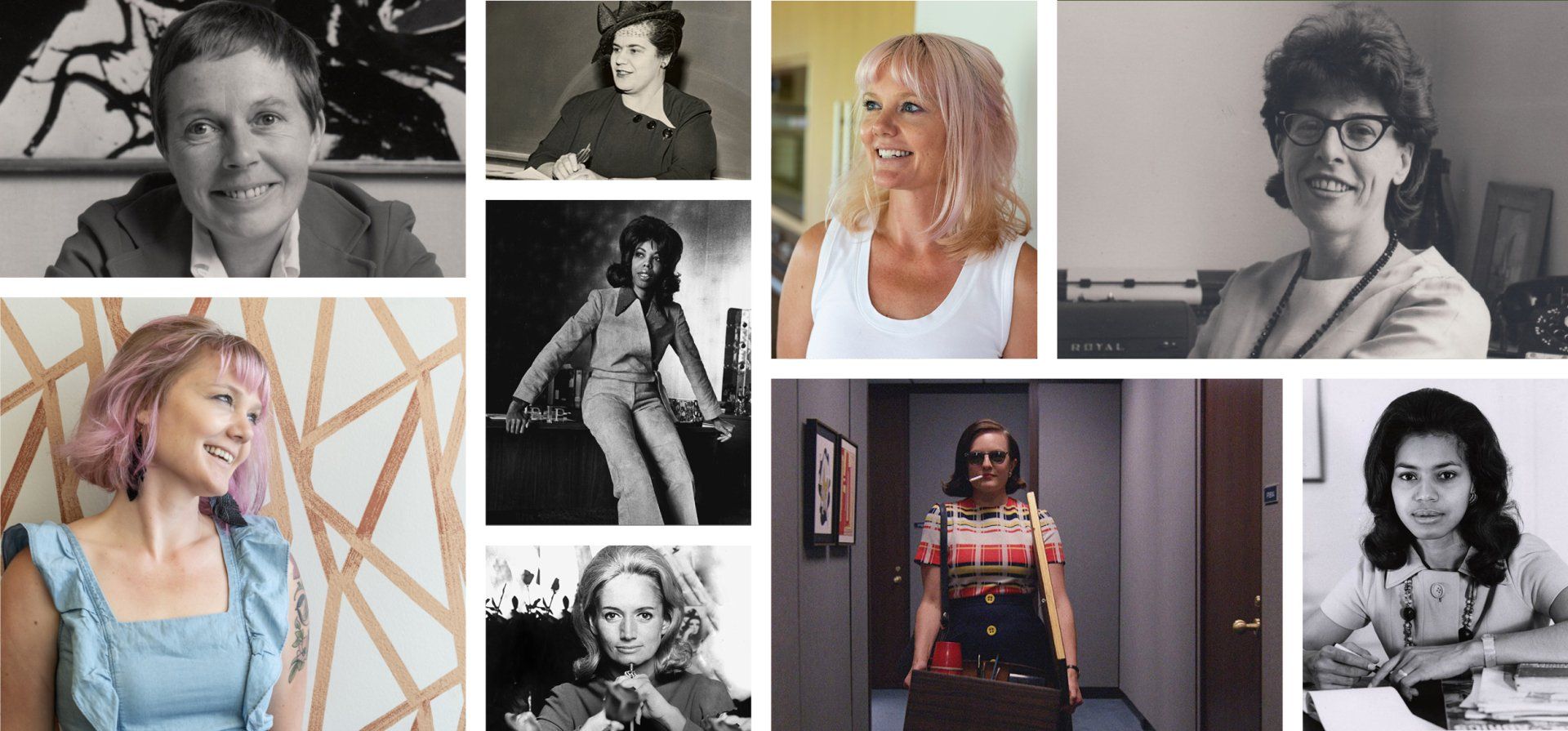
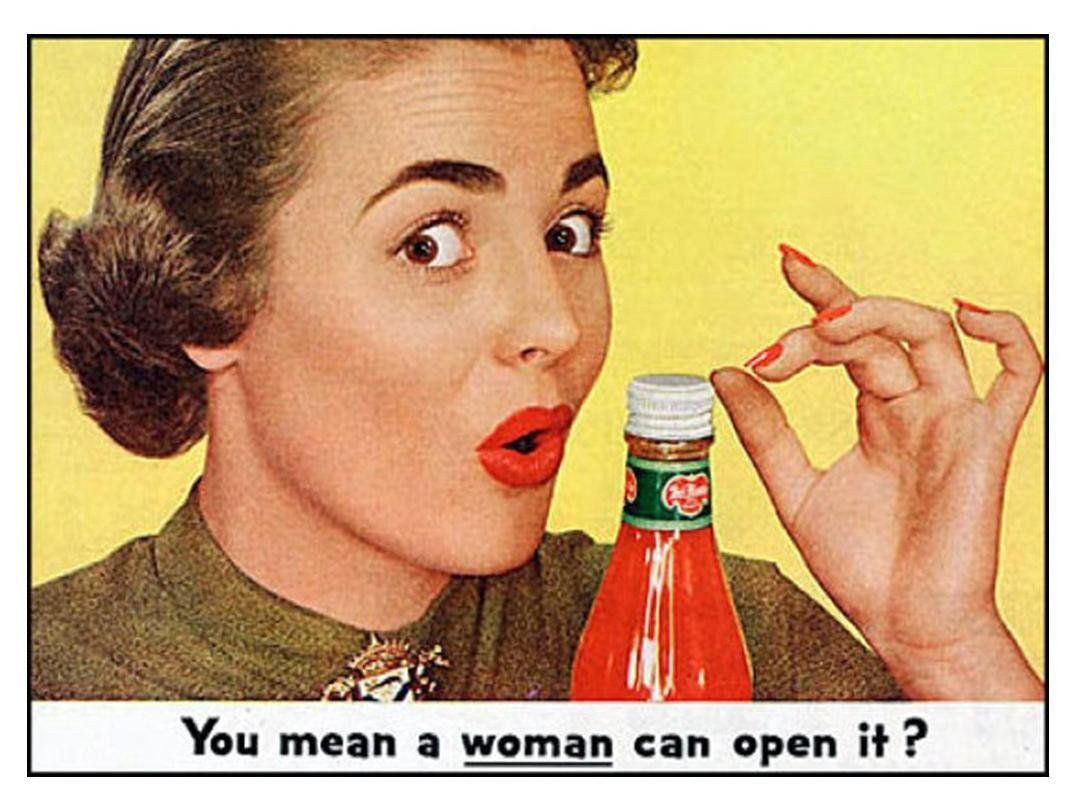
Times have changed! as of 2020, according to employment data in the United States, 52.5 percent of employees in the advertising, public relations and related services industry were women. But as with all advances, this change was brought about by the arduous work of pioneering women who often overcame adverse circumstances to rise to the position of stars as well as models for the next generation of women.
In this blog, we’re revisiting some of the early marketing women we admire. It’s a particularly pertinent topic to us, since Snow B. Designs is founded and run by a woman, who also happens to be a single mom.
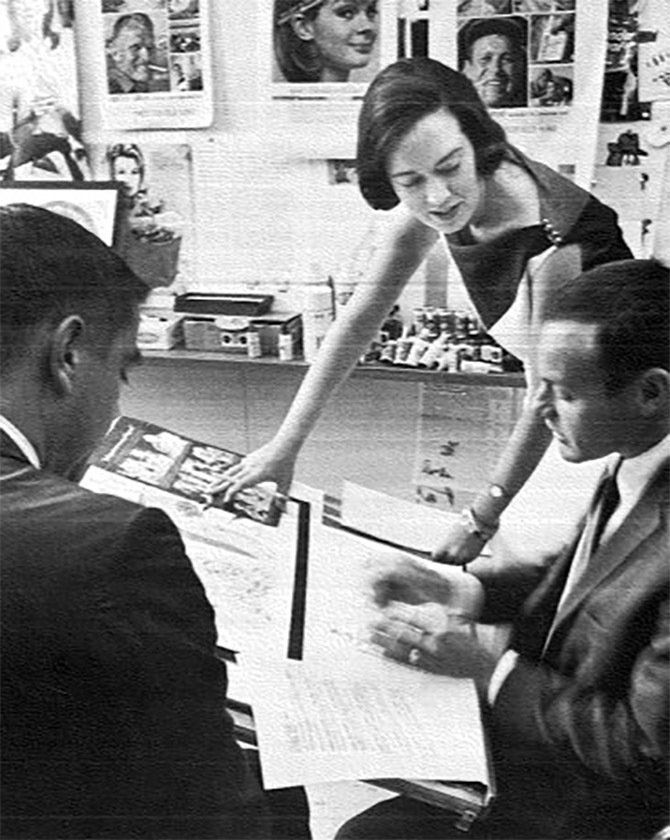
Helen Lansdowne Resor
Helen Lansdowne Resor has a lot of firsts. She was the first woman copywriter to write national brand ads. The first person to emphasize artfulness in ads. The first woman to run influential ad agency J. Walter Thompson and grow it into a global leader. And she was the first person credited with introducing sex appeal into advertising.
Resor, raised by an enterprising single mother, began her advertising career in the first years of the 20th century, writing retail ads for the Cincinnati Commercial Tribune and in 1906 became a copywriter at Street Railways Advertising Co. Her work attracted Stanley Resor of Proctor & Collier, who invited her to become a copywriter at the agency. In 1916, Stanley Resor bought NY agency J. Walter Thompson, and Helen became the first female copywriter, eventually moving up to Vice President and Director of the creative side of the agency. Helen and her husband Stanley were inducted into the Advertising Hall of Fame in 1967.
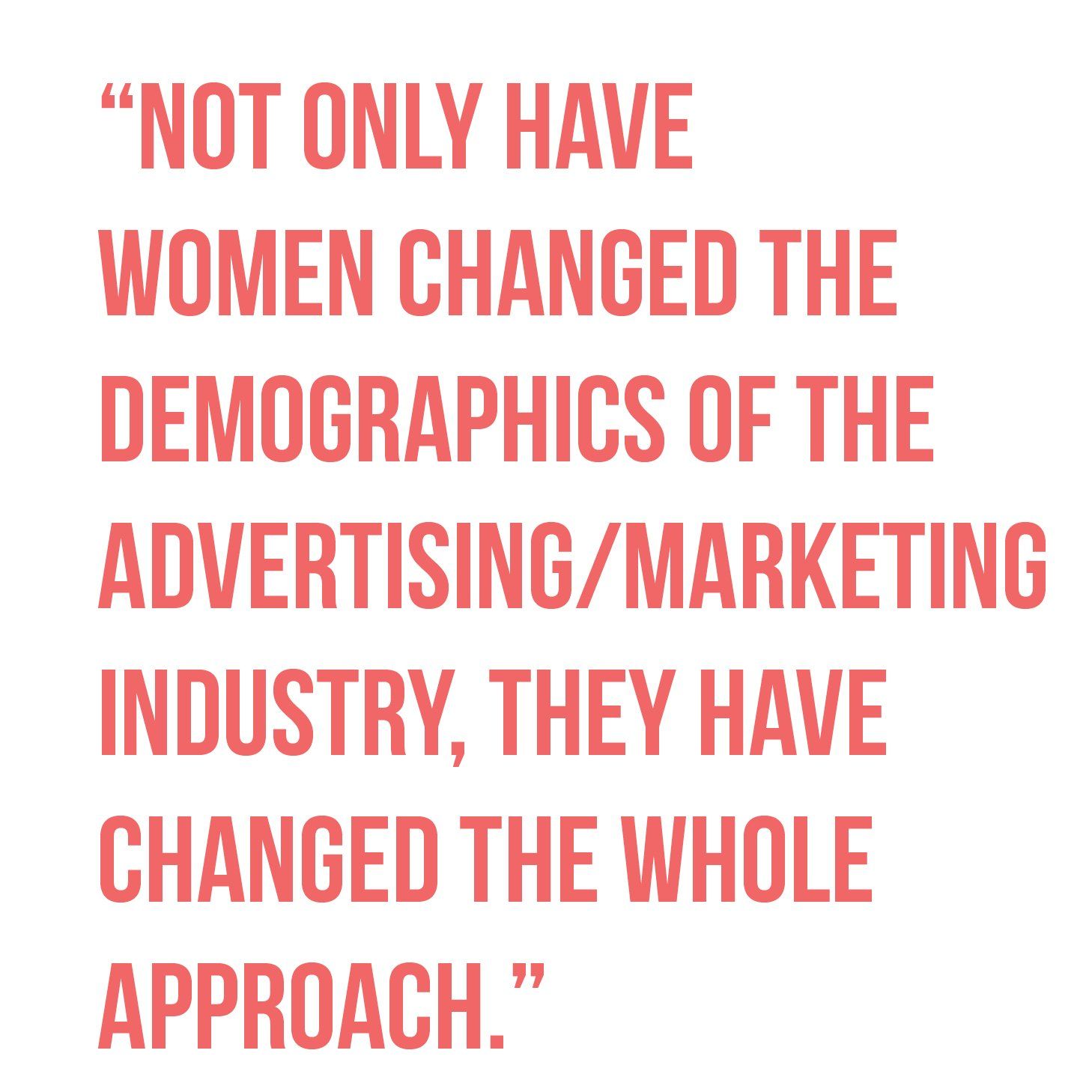
Resor’s 1911 ad for the Woodbury Soap Company, famed for being the first to use sex appeal, depicts a woman being embraced by a man below the headline, “The Skin you Love to Touch.” Though tame by today’s standards, the ad was revolutionary in that it abandoned the practice of simply showing a picture of the product and describing its features in favor of appealing to underlying emotions. The slogan became so popular that Woodbury used it until the 1940s, and the campaign was ranked 31 on Advertising Age’s list of the top 100 campaigns of the 20th century.
Not only have women changed the demographics of the advertising/marketing industry, they have changed the whole approach. Beginning with Resor, it was largely women who pioneered the use of emotional connections in advertising, as opposed to simple descriptions of the product and its effects, next to a picture of the product. Today, driven by psychological knowledge of how humans make decisions, most creative directors, copywriters and designers employ the technique of engaging the emotional centers of the brain.
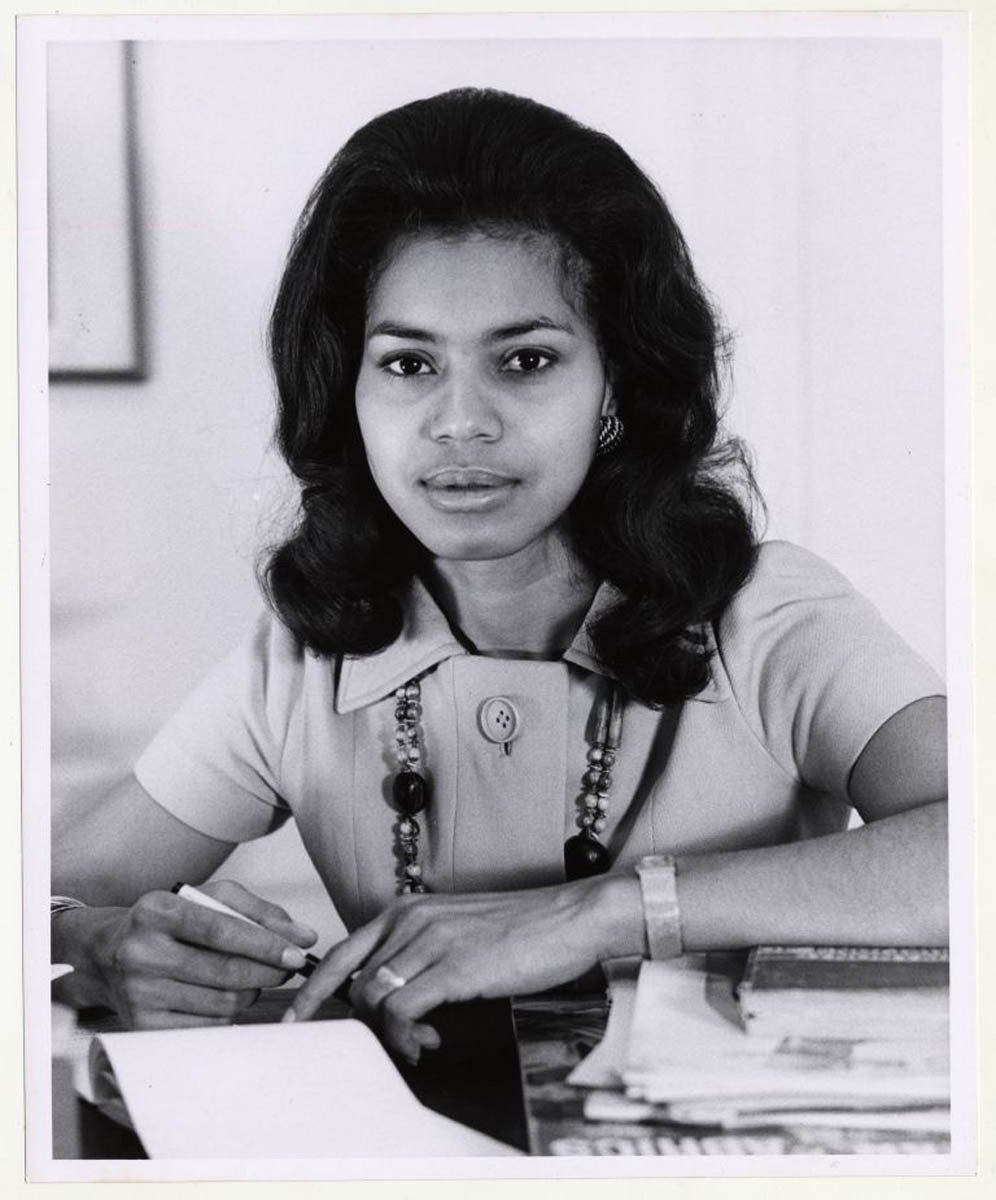
Caroline Jones
Caroline Jones also has an astounding lists of trailblazing firsts, breaking both gender and racial barriers and establishing new directions in advertising in the process. Beginning her career as a secretary at J. Walter Thompson, she rose to become the first African American copywriter at a major ad firm in 1963, and went on to rise to Creative Director. She was the first African American woman VP of a major firm – BBDO – by 1977. And she was one of the first African American women to found her own agency, Caroline Jones Advertising.
Jones struggled against racism and gender inequality from the beginning of her career. in J. Walter Thompson, the other, all white copywriters offered her no assistance. “I had to teach myself everything,” she recalled in “The Success of Caroline Jones, Inc.: The Story of an Advertising Agency. As VP and Co-Creative Director of Zebra Associates, Creative Director of the Black Creative Group, Executive VP and Creative Director of Mingo-Jones Advertising, and finally, as president of Caroline Jones Advertising, she worked to make advertising more inclusive of Blacks and other minorities – who were rarely shown in marketing. These efforts to make advertising firms more inclusive, and advertising content more representative of minorities were revolutionary.
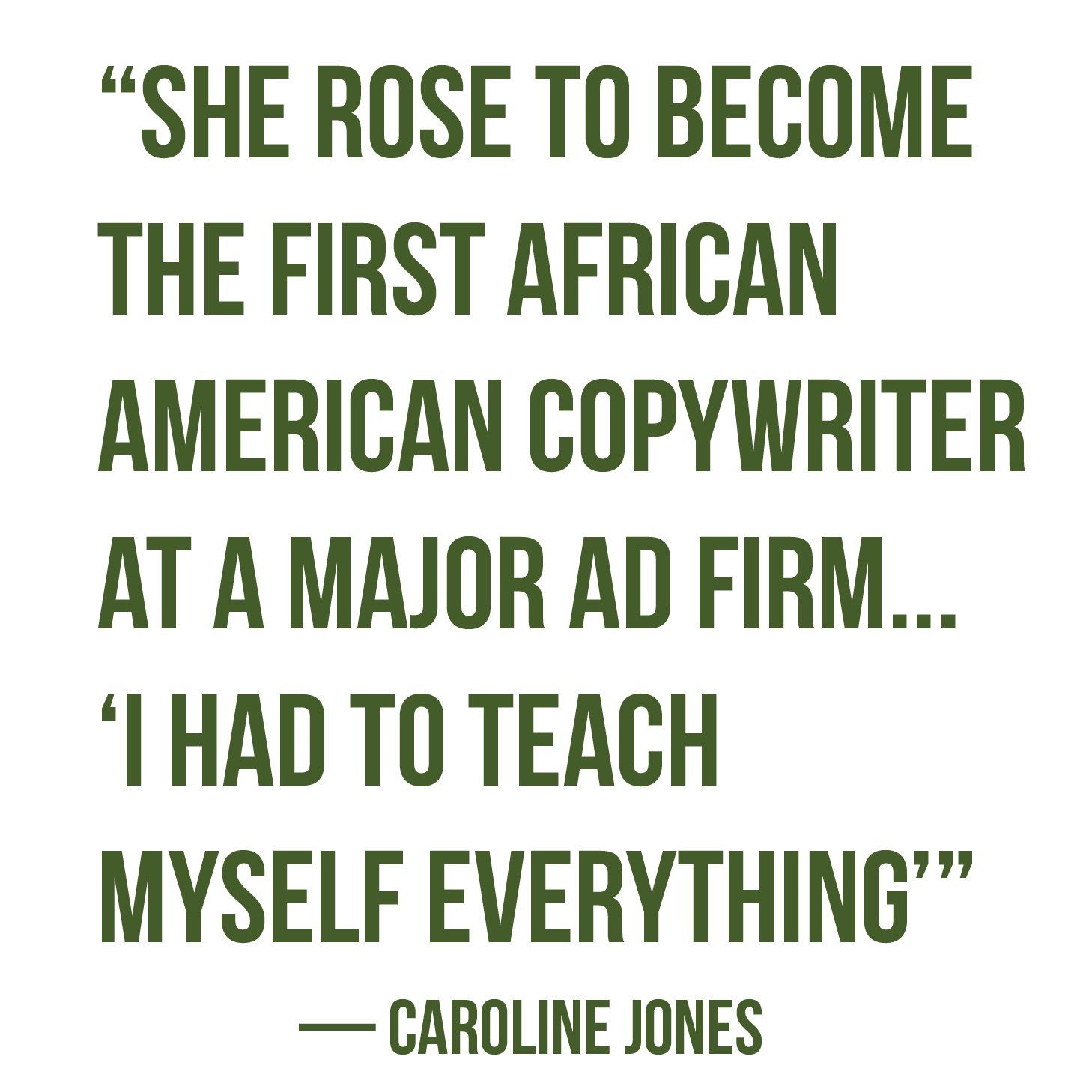
Like Resor, Jones brought emotional connection to her work. While working for Campbell Soup, Jones insisted that the company's advertising should focus on peoples' emotions, instead of just spotlighting the products. Her firm's ads used African American models to show how the soup fit into the lives of everyday families. The campaign was so popular among black consumers that Campbell's decided to adapt it for its national campaigns ( although in the process they replaced the black figures in the ads with white models). In 1979, Jones's agency developed the slogan "We Do Chicken Right!" for Kentucky Fried Chicken, which wanted to increase its brand's visibility among African Americans in the NY region. The slogan performed so well that, by the 1980s, the fast-food chain was using it in all of its national ad campaigns.
Her client list included dozens of national brands and advocacy organizations, from American Express to the National Urban League.
In 1987, Caroline became the host of the TV show, In the Black. She received dozens of awards in advertising and business, including a Clio, a Galaxy Award, a Cannes Film Festival Award, and an Obie Award; she was named one of the 100 Outstanding Creative People in America in 1976; featured as a “Living Legends in Black” in a publication by Ford Motor Group; Advertising Women of the Year, 1990; and the Ellis Island Medal of Honor, 1997.
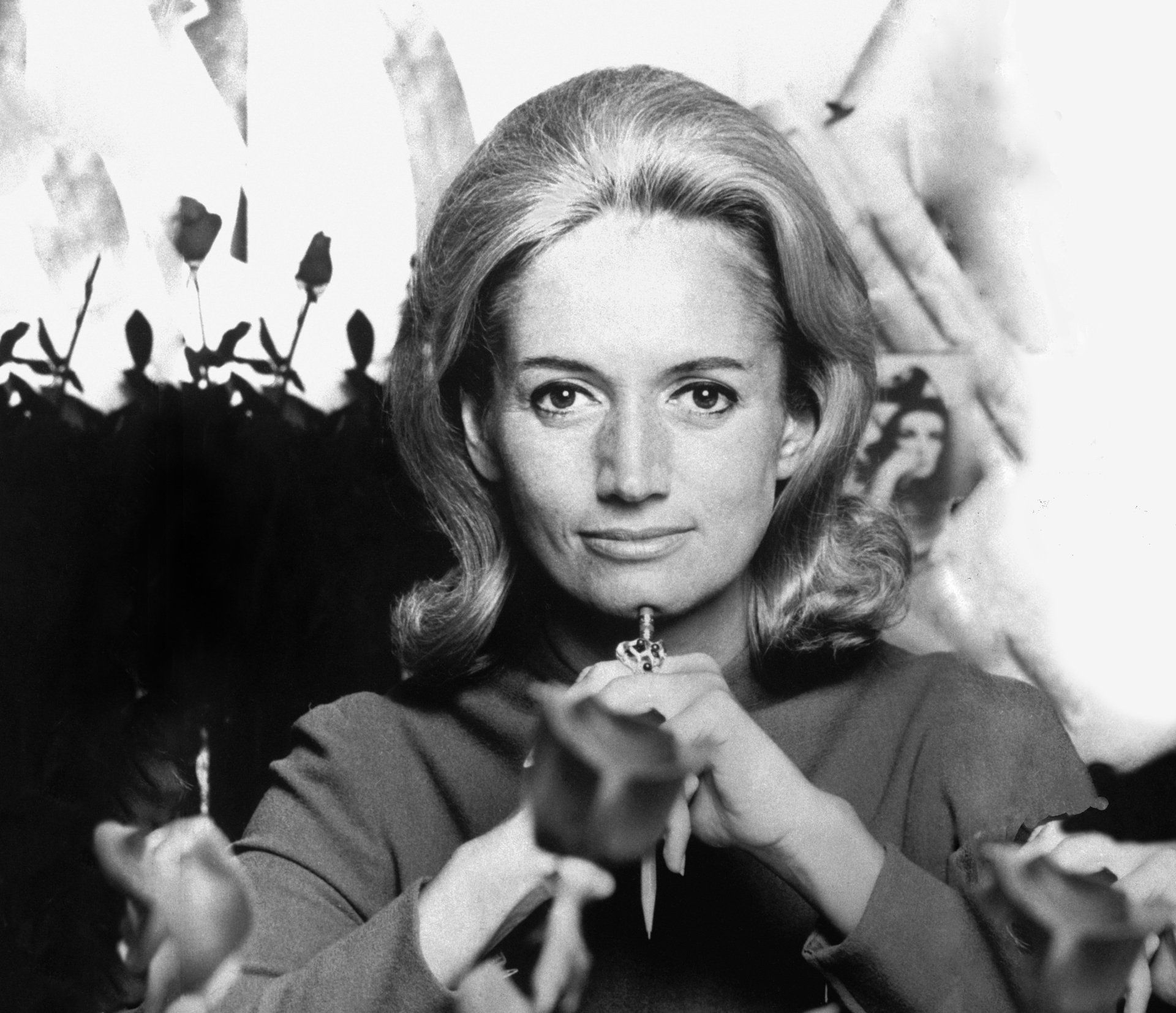
Mary Wells Lawrence
Mary Wells Lawrence reinvented the advertising industry and, in the process, invented a stellar career for herself, creating a powerful role model for future female (and male) creatives. If you recognize any of the following iconic phrases, you know some of her work:
“I love New York!”
“Plop, plop, fizz, fizz, oh what a relief it is.”
“Flick your Bic.”
With her background in theater and her philosophy of “selling dreams,” she introduced more cinematic techniques into TV advertising, promoting the then edgy idea of making commercials more dramatic and entertaining.
She gained national attention for her copywriting at the Doyle Dane Bernbach agency, where she became Copy Chief and VP in 1963. Moving on, in 1964, to a position as Senior Partner at Jack Tinker & Partners, a creative think tank, she worked on such early memorable campaigns as Alka Seltzer. Her work flew in the face of traditional drug advertising – entertaining and funny, it didn’t concentrate on pain as most of the drug advertising of the times did. It employed lively music, and culminated in the successful jingle, “Plop, plop, fizz, fizz, oh what a relief it is.”
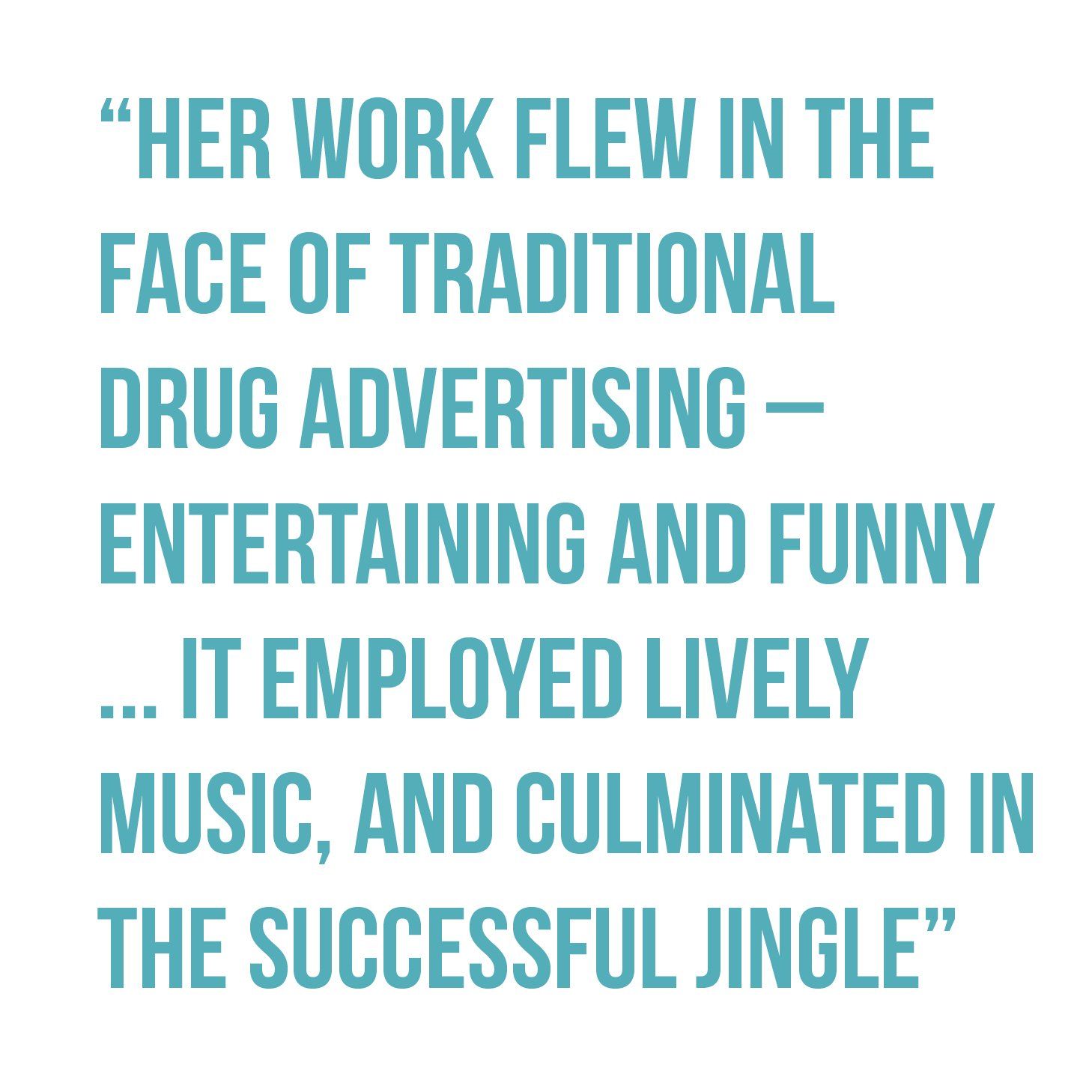
Braniff Airlines came to Tinker for help – they were nearly unknown at the time. Mary and her team stepped in, changing the face of the company entirely with her vision. She noted that Braniff’s planes were all plain, and the stewardesses looked like nurses. So she decided to make Braniff stand out by infusing it with color. The team chose seven bright colors for the company; Braniff’s fleet of planes were painted with them, as were Braniff’s waiting areas, terminal clubs, and equipment. The dull airline was now vibrant. Mary hired fashion designer Emilio Pucci to create new uniforms for the stewardesses, and changed their titles to “hostesses.”
The work was a huge success. But Mary was told – and originally promised - that she deserved to be President of the agency, but the world wasn’t ready for a woman to be president of a company. She left with two others, she began her own agency, Wells Rich Greene, of which she was the president. In 1966, Wells Lawrence became the first woman to found, own and run a major ad agency.
Within a year, Wells Rich Greene had 100 employees and $39 million in billings. By 1969 Wells Lawrence was reported to be the highest paid executive in advertising. By 1976 the agency had billings of $187M and clients such as Procter & Gamble Co., Trans World Airlines, Miles Laboratories, Philip Morris, Bic Pen Corp., Ralston Purina Co., Midas Inc., White-Westinghouse Electric Co. and Sun Oil Co.
Knowing her work with Braniff, companies on the verge of bankruptcy came to her to be saved. Among them was American Motors. Another such client was New York City, for which she created the “I Love New York!” campaign, which showcased all the reasons to love the city, employing stars like Frank Sinatra and Beverly Sills.
Mary revolutionized advertising: drug advertising, automobile advertising, airline advertising, and the techniques used in television advertising. Her agency experienced meteoric success and shattered many glass ceilings, paving the way for women to excel in a male-dominated industry.
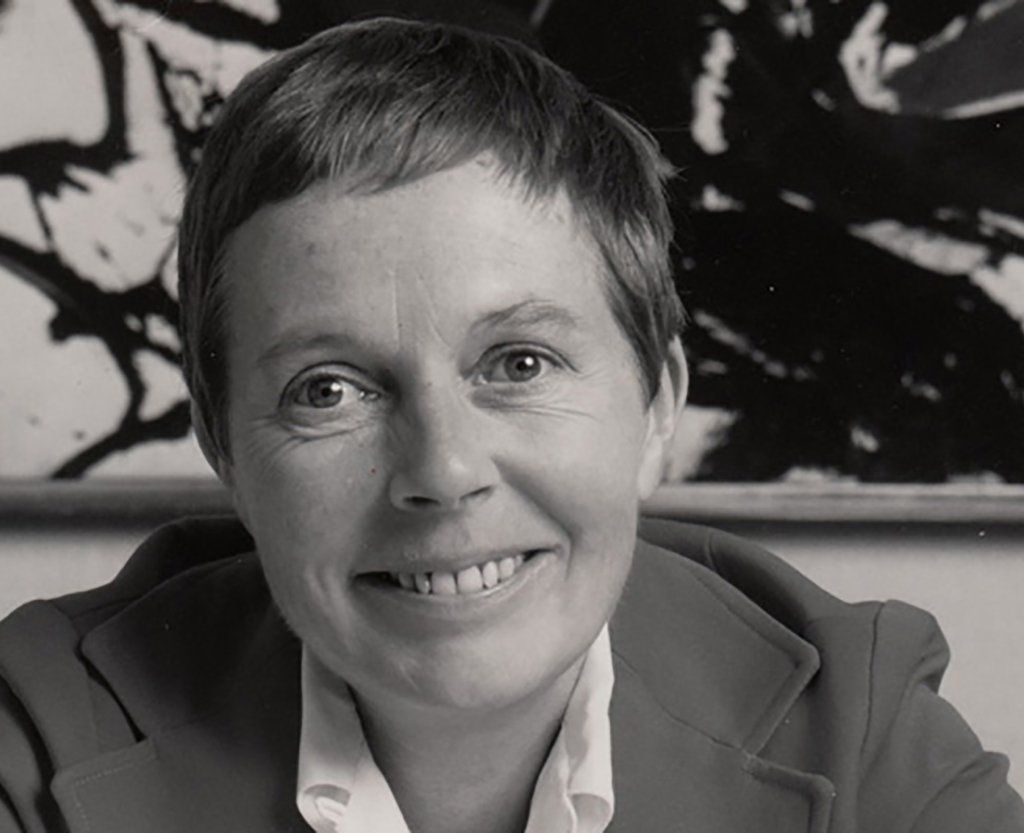
Jane Maas
Of the ad industry of the sixties, Jane Maas said, “(Male bosses) figured we didn’t know how to balance our checkbooks. They figured we didn’t know how to drive a car. And alcohol was what they used to seduce us, so that was clearly out.” Products more suitable for women, according to the view of the day, included dish soap and toilet cleaner.
Maas was unconstrained by these constraints. Advertising Age, the industry trade publication, included her among the 100 most influential women in advertising and described her as a “real-life Peggy Olson,” the “Mad Men” character portrayed by Elisabeth Moss who starts the show as a secretary and becomes one of her firm’s creative minds.
Maas recalled more drinking, more sex and more sexism in her office places than even “Mad Men” depicted. Despite the rampant sexism, her talent and drive propelled her up the ranks. Starting out at Ogilvy & Mather in the 1960s she rose from junior copywriter to creative director. In 1976, she became senior vice president at Wells, Rich, Greene, where she worked on the New York tourism campaign that featured graphic designer Milton Glaser’s iconic heart. It was credited with helping to revive the city after its near miss with bankruptcy and its worsening reputation for crime.
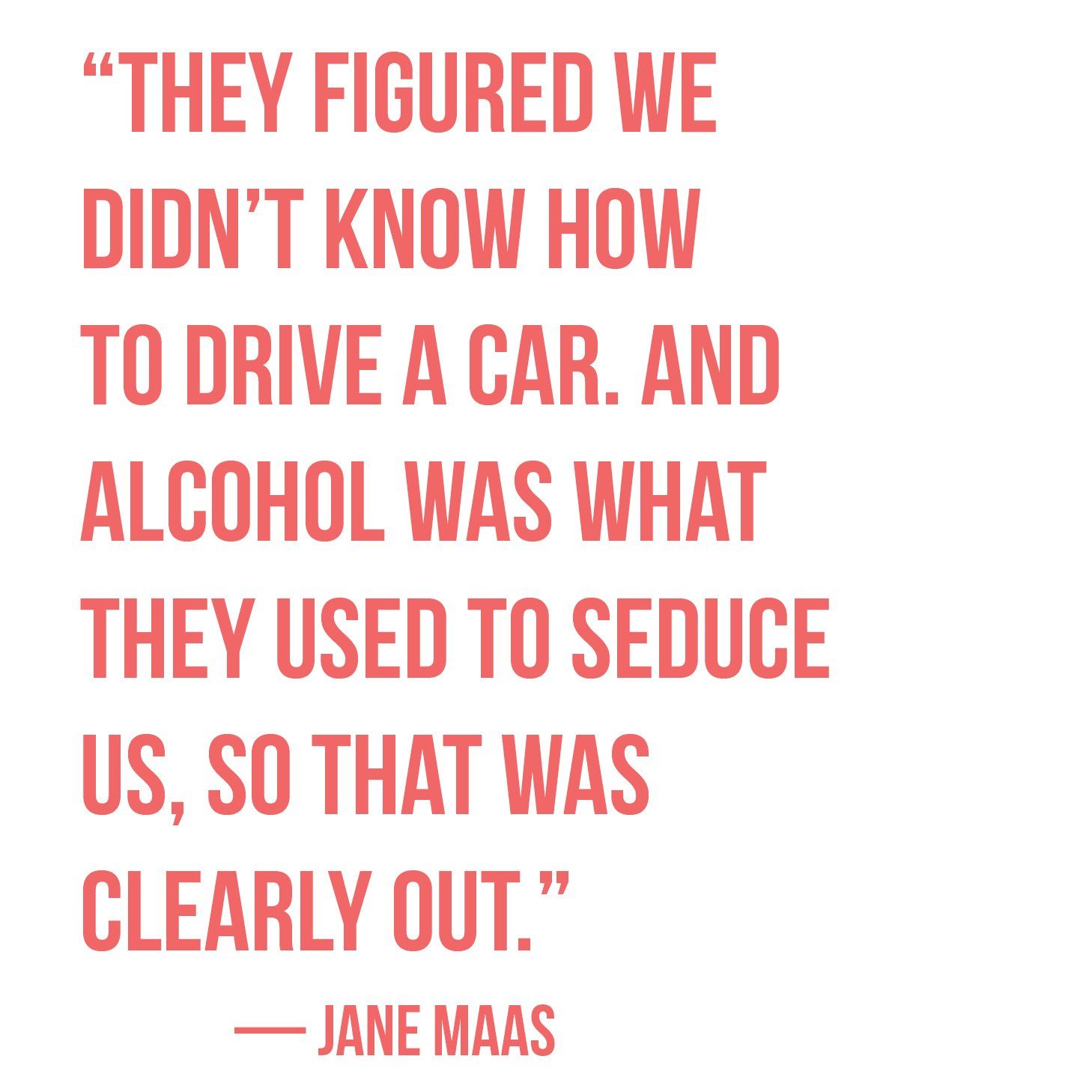
“Lots of men say they are the father of ‘I Love New York,’ ” she once wrote. “But I am its only mother. Mary Wells Lawrence was the godmother, of course,” Ms. Maas wrote, referring to her agency’s founding president, “but I was the one who hugged it, fed it and changed its diapers.”
Maas’ clients at Ogilvy & Mather included Dove soap, Johnson Wax cleaning products and Drano drain cleaner. At Wells, Rich, Greene, she worked on many accounts in addition to the “I love New York” campaign, including Procter & Gamble.
Maas later worked as the personal advertising representative for Leona Helmsley, the New York hotel magnate known as the “Queen of Mean,” about whom she said, “Don’t believe everything you’ve read about her. She was worse than that.” Maas continued to consult into her 80s.
Maas wrote three well-known books on advertising. She was co-author of the classic How to Advertise. David Ogilvy called it "worth its weight in gold." Mad Women, published in 2012, is the no-holds-barred story of what it was like to be a woman in advertising in the 1960s and 1970s. Her memoir is titled, Adventures of an Advertising Woman. She also authored two Christmas books: Christmas in Wales: A Homecoming (written with her husband) and The Christmas Angel, which was made into a Hallmark Channel movie.
At Snow B. Designs, we honor Jane Maas for her intelligence and determination. She was a momentous force in forging a path for marketing women who followed her.
Snow B. Designs, along with so many, women-run, creative agencies salutes all of these women pioneers. Importantly, we want to emphasize that, while we honor the women we’ve written about here – and many others – for breaking through barriers, we also respect them for the immense talent and game-changing creative work they brought to marketing. All of them demonstrated incredible drive and work ethics. We applaud that. That at Snow B. Designs – founded by a woman who is also a single mom – that all of us here, men included, work like a mother to get you results.
